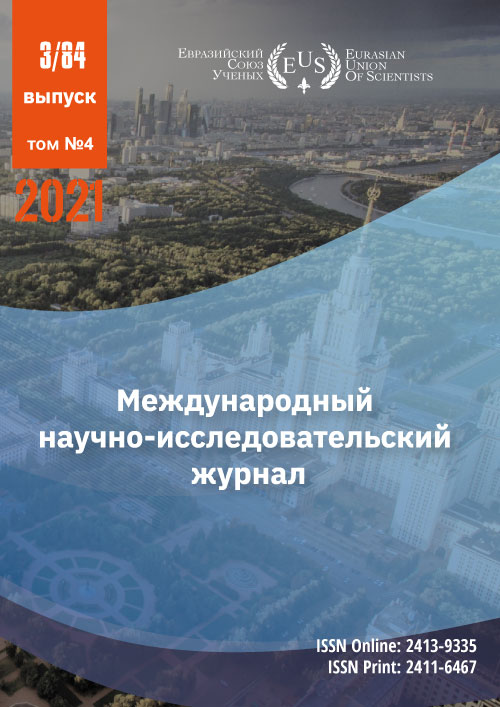IMPLEMENTATION OF THE BELT AND ROAD INITIATIVE IN CENTRAL ASIA UNDER POST-PANDEMIC CONDITIONS
Abstract
China's Belt and Road Initiative, Jinping in 2013, has become the most ambitious interstate geo-economic and infrastructure project presented by President Xi in recent years. The essence of this initiative is to find, form and promote a new model of international cooperation and development by strengthening the existing regional bilateral and multilateral mechanisms and structures of interaction with the participation of China.
References
2. Russian International Affairs Council // https: //russiancouncil.ru/ blogs / riacexperts / 31461
3. Initiative of joint construction of "One Belt, One Road" progress, contribution and prospects // https: //rus.yidaiyilu.gov.cn/document/i ssue / 87094.htm
4. Shchepin K. "The Belt and the Way" worked out immunity // https: //rg.ru/gazeta/rg/ 2020/09 / 08.html
5. Kulintsev Yu. Beijing created the state Internet portal "Belt and Road" // https://russiancouncil.ru/blogs/yuri-kulintsev/pekinsozdal-gosudarstvennyy-internetportal-poyas-i-put/
6. Bugaenko A. Consequences of the coronavirus crisis for the Belt and Road Initiative in Central Asia // https: //cabar.asia/ru/posledstviyakoronavirusnogo-krizisa-dlya-initsiativy-poyas-i-putv-tsentralnoj-azii
7. Shamishev E. "Belt and Road Initiative" as a factor in the formation of Central Eurasia: the place and role of Kazakhstan // https://chinastudies.kz/ru/silkway/one-belt-one-road/331/
CC BY-ND
A work licensed in this way allows the following:
1. The freedom to use and perform the work: The licensee must be allowed to make any use, private or public, of the work.
2. The freedom to study the work and apply the information: The licensee must be allowed to examine the work and to use the knowledge gained from the work in any way. The license may not, for example, restrict "reverse engineering."
2. The freedom to redistribute copies: Copies may be sold, swapped or given away for free, in the same form as the original.







